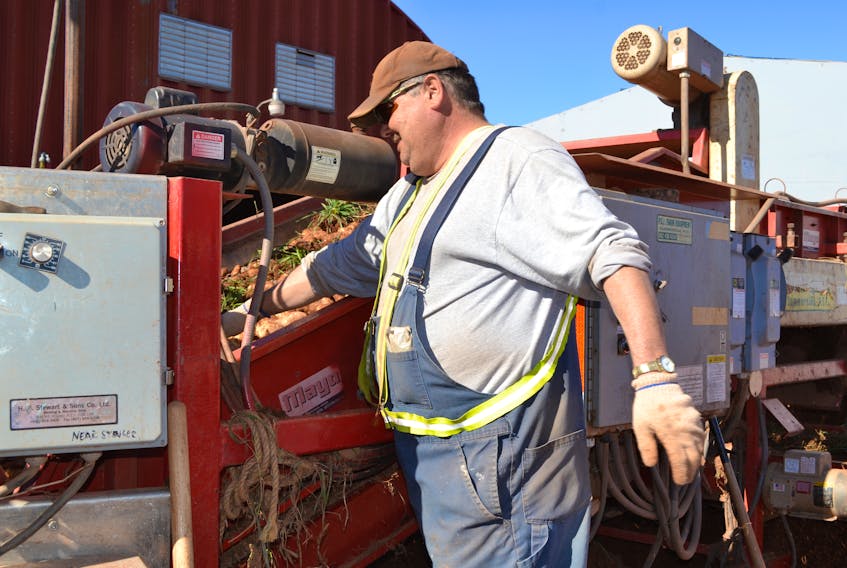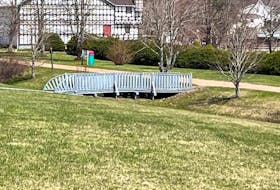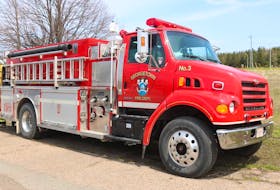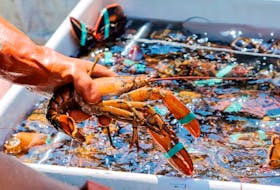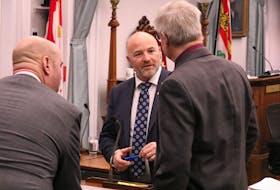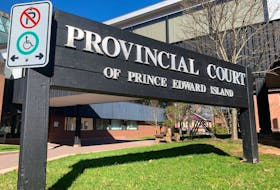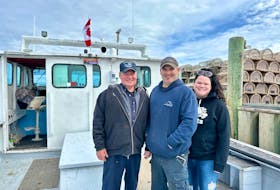ST. LOUIS, P.E.I. — A casual look across his potato fields has Francis Shea confident his fields in the St. Louis area will be significantly more productive this year than they were in 2018.
He hasn’t looked under the lush green canopy to see how the tubers are bulking up, though.
“If it’s bad, I don’t want to know about it,” he said.
But he’s optimistic.
“The crop is going to be better, I’d say, for sure, just because we got the moisture.”
Although rainfall has been limited and spotty across P.E.I. again this summer, the western end has fared better, which is a complete reversal from 2018 when fields to the western end of the province started dying off in mid-August due to a lack of rain.
Kyle Maynard, a co-owner of Farm Boys Inc., in Arlington said his farm is feeling the sting of the reversal in weather conditions.

“We definitely haven’t had a sufficient amount of rainfall,” he said. “The crop is not looking as good as last year.”
Saltwire Network’s meteorologist, Cindy Day, says a blocking high-pressure system over the Labrador Sea is responsible for the conditions which are generally good for tourists but not so good for farmers who are trying to grow crops.
“It’s ridging across Newfoundland to Cape Breton and the eastern third or eastern half of P.E.I.,” she said, explaining it’s allowing the higher rainfall amounts to fall on central New Brunswick and the western tip of P.E.I.
“If that high was a little bit further out over the central Labrador Sea, it would allow that trough, or the jetstream, to come down through the Bay of Fundy and across central P.E.I. and the track of the systems would bring more widespread rain,” she said.
Reminded that the shift in the weather was so pronounced last year that farmers were harvesting spuds from the mud until the weather turned cold and impossible, Day doubts this fall will be a repeat of last year.
“I don’t see that kind of shift happening. I see it’s going to get back to more seasonal values and a little more rain coming through the end of September, but I think it’s going to be a more gradual shift because of the size and the positioning of that high-pressure system.”
Some of the highest rainfall amounts so far in August have been in Wellington, Bonshaw and Spring Valley where 30 mm have fallen.
Meteorologist count June, July and August in their summer totals. Day noted Charlottetown has received 206 mm so far this summer whereas it received 292 mm for the three-month period last year. Charlottetown’s seasonal average is 275 mm. Seasonal data for other regions was not immediately available.
“It’s no good worrying about what we can’t control,” Maynard said.
“It’s not too late, but we’re at a very crucial point, if we don’t get rain in the next two weeks.”
Shea, owner of F.J. Shea and Son Ltd., said about half of his crop had already died by this time last year.
And this year?
“Everything is green and healthy-looking.”
Greg Donald, manager of the P.E.I. Potato Board says rainfall amounts province-wide, have been insufficient so far this year.
“We’re getting to the end of the year and every day we don’t get rain it’s going to be robbing productivity ... It’s going to be really difficult, overall on the Island, to get an average crop if we don’t get rain soon,” Donald said.
He acknowledged the western end is faring better.
“I wouldn’t say it’s ideal this year, but, certainly, that area has gotten a little bit more precipitation than many other parts of the Island," said Donald.
One area of P.E.I. where potato farming is most concentrated, from Summerside to Kensington, Kinkora and Bedeque, has been particularly arid.
“It’s been hotter and drier, and we’ve had a lot of windy days in there, too, which dries things out, too.”
Early maturing varieties in central and eastern P.E.I. are showing signs of stress, he said.
One saving grace, is that the crop got off to a good start this year with full row closure before conditions turned dry, said Donald.

